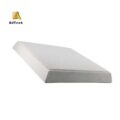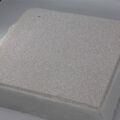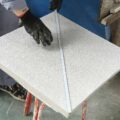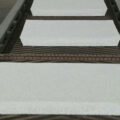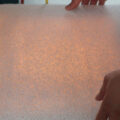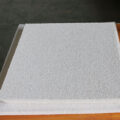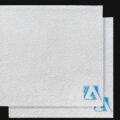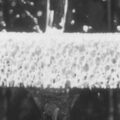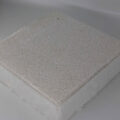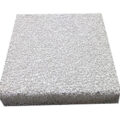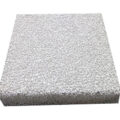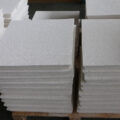Ceramics are rarely completely dense, because in most cases, holes cannot be completely avoided. In fact, the existence of pores is one of the main factors affecting the service life of most convection ceramic products (such as tableware, sanitary ware and ceramic tiles). However, on the other hand, Porous Ceramics Filtration can be used in many important applications to achieve certain functions, one of which is filtration and separation.
Filtration or separation refers to the process of passing liquid or gas through porous substances and separating, removing and collecting particulate matter from suspended solids and suspended substances (fine particles, microorganisms, polymer molecules, mist, aerosols, etc.) in the fluid. The porous material used in this process is called a “ceramic foam filter“.
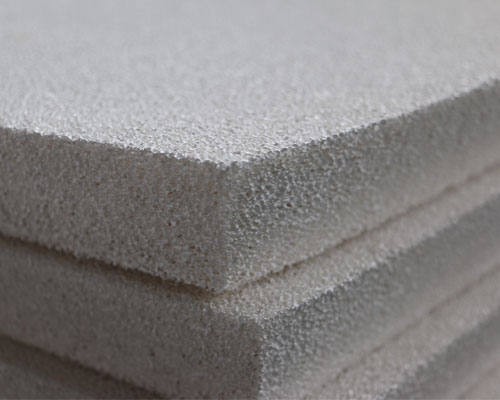
Porous Ceramics Filtration
According to the collection position of particles, filtration can be divided into two categories: surface filtration and depth filtration. In surface filtration, any particles smaller than the pore size will be swept through the pores, and any particles larger than the pore size will remain on the upstream surface. In deep filtration, particles enter the pores and move through a tortuous path in the filter medium until they are captured on the surface of the pores because the pores entering are too small or through a direct or inertial interception or diffusion mechanism.
In the case of high solids or particles concentration (such as the case of a large number of process separation), “filter cake filtration” or scaling and concentration polarization are formed on the upstream surface (mainly in the ceramic membrane process), thereby generating a liquid Resistance to flow. “Cake filtration” can be regarded as a kind of surface filtration, which is formed by retaining particles by colliding with each other at the entrance of each hole, bridging each other across the opening of the hole, and then acting as a filter medium. In ceramic membrane separation, cross-flow filtration is a typical method for reducing fouling and/or concentration polarization and increasing flux.
Cross-flow filtration (or sometimes called tangential filtration) is a different filtration mode in which the feed stream is perpendicular to the permeate stream, while dead-end filtration (through flow filtration) is in the same direction as the feed steam and retained stream. Cross-flow filtration uses local shear forces in the fluid flow to reduce the thickness of the retained particle boundary layer and increase the permeation flux.

